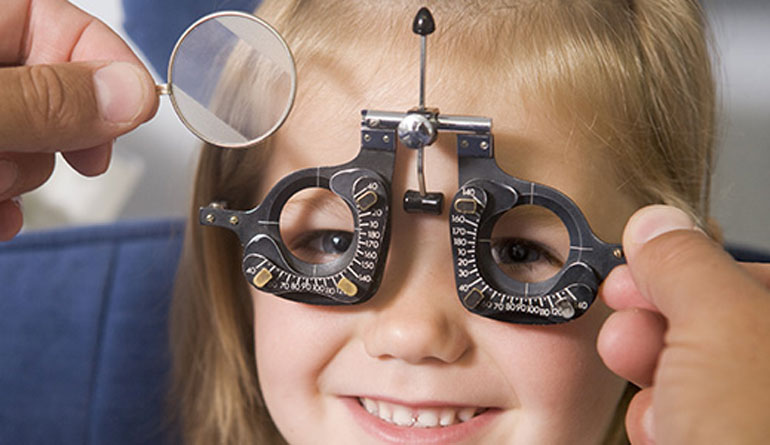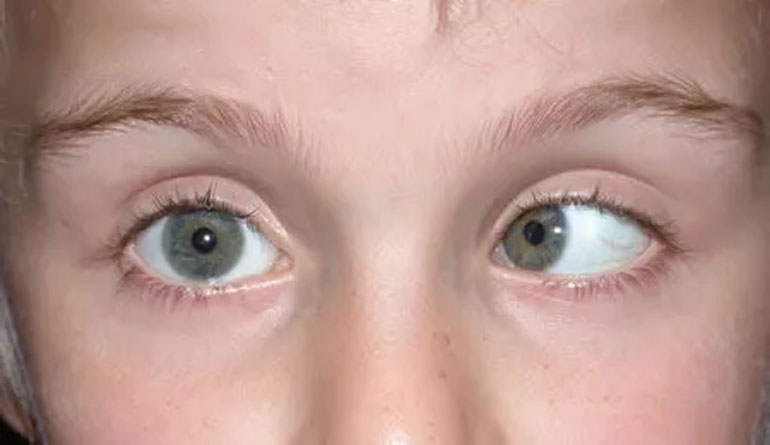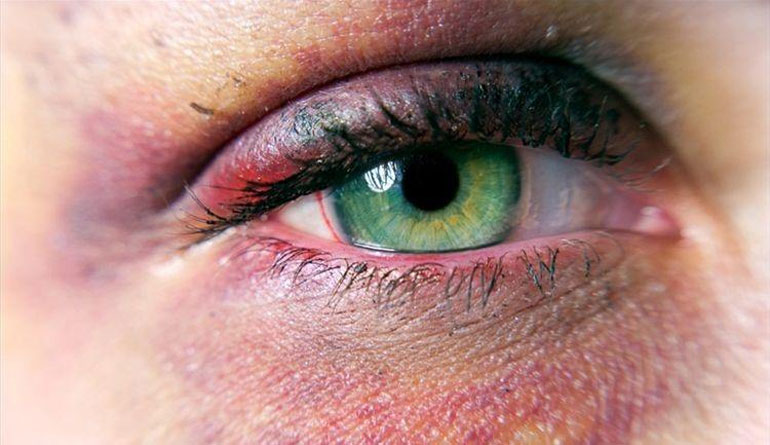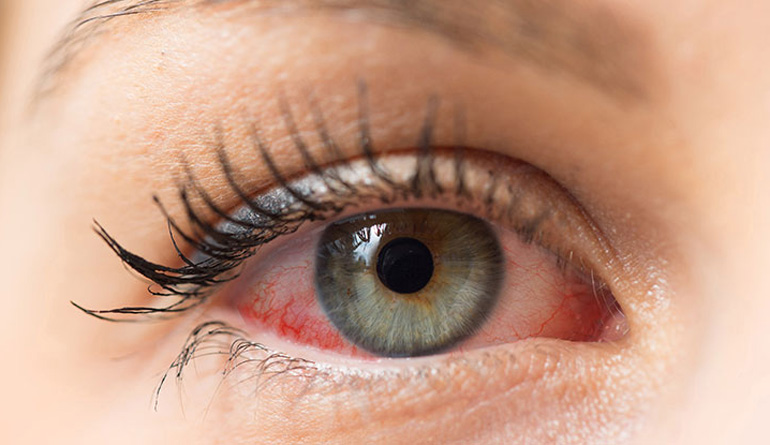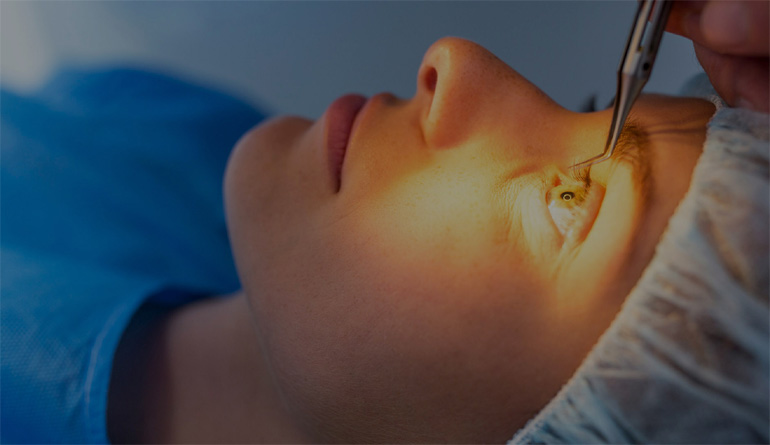Keratoconus Treatment
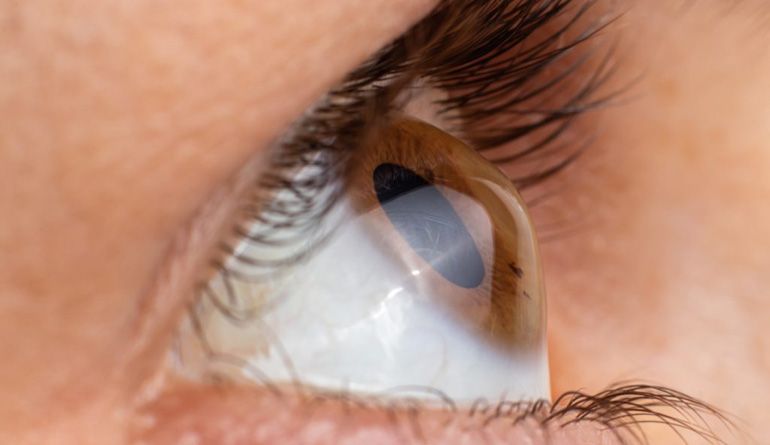
What is Keratoconus?
The word Keratoconus is formed by two Greek words: kerato, meaning cornea, and konos, meaning cone. Keratoconus is a condition in which the shape of the cornea, which is usually round, is distorted, developing a cone-shaped bulge, resulting in harm to vision.
Progression of the condition depends on the patient’s age at the time of the onset. The earlier the onset, the faster keratoconus progresses. The condition is always bilateral and asymmetric – meaning that it affects both eyes, however one eye may be more affected than the other.
What causes Keratoconus?
Keratoconus is a condition that has many causes and is “multifactorial”. It can be inherited and it can be associated with allergic conditions (hay fever, asthma and eczema) its onset is usually during puberty and the earlier it occurs the more rapidly it progresses. It is also seen in contact lens wearers. The cornea is a bit more elastic than normal and tends to alter in shape and thin out becoming cone shaped. Rubbing the eyes can aggravate the condition.
How to Diagnose Keratoconus
- Poor visual acuity
- Glare in the night
- Scissoring reflex on retinoscopy
- Pentacam screening
Keratoconus is a relatively common condition
- Affects 1:1800
- The cornea is a bit more elastic and tends to bulge
- Eye rubbing worsens the condition
- Associated with allergy, asthma and eczema
- Best detected and treated early
How can you treat Keratoconus?
Eyeglasses / spectacles
These can provide good vision in the early stages and often a moderate amount of astigmatism correction is required.
Rigid contact lenses:
Rigid contact lenses and Scleral lenses are required for good vision when glasses do not work.
CXL – Corneal Collagen Cross linking with Riboflavin
This technique increases the strength of the cornea to prevent progress.
Intracorneal rings (Intacs and Ferrara):
These ring inserts are useful and are used to change the shape of the cone on the cornea, flattening and making it more central. If patients are intolerant to contact lenses and the keratoconus is not excessively advanced, intracorneal rings can enable patients to obtain good vision with glasses and perhaps even consider Toric Implantable Contact lenses to eliminate the need for optical aids altogether.
Toric implantable Contact Lenses
For those who have stable keratoconus and are able to obtain good vision with glasses, the Toric ICL can eliminate the need for glasses and in some patients provide improve vision. (link here to Lens Implants)


